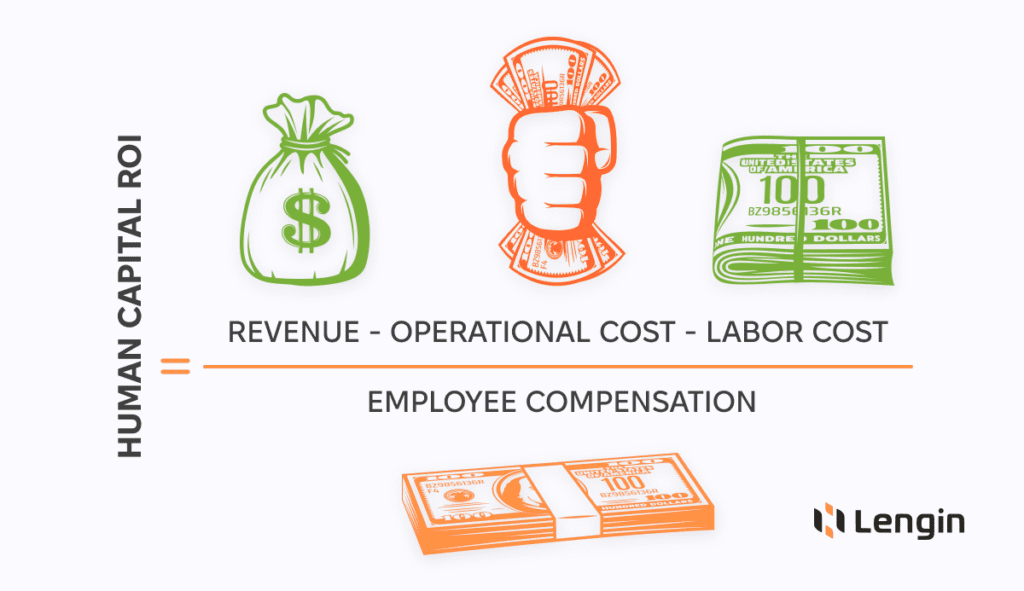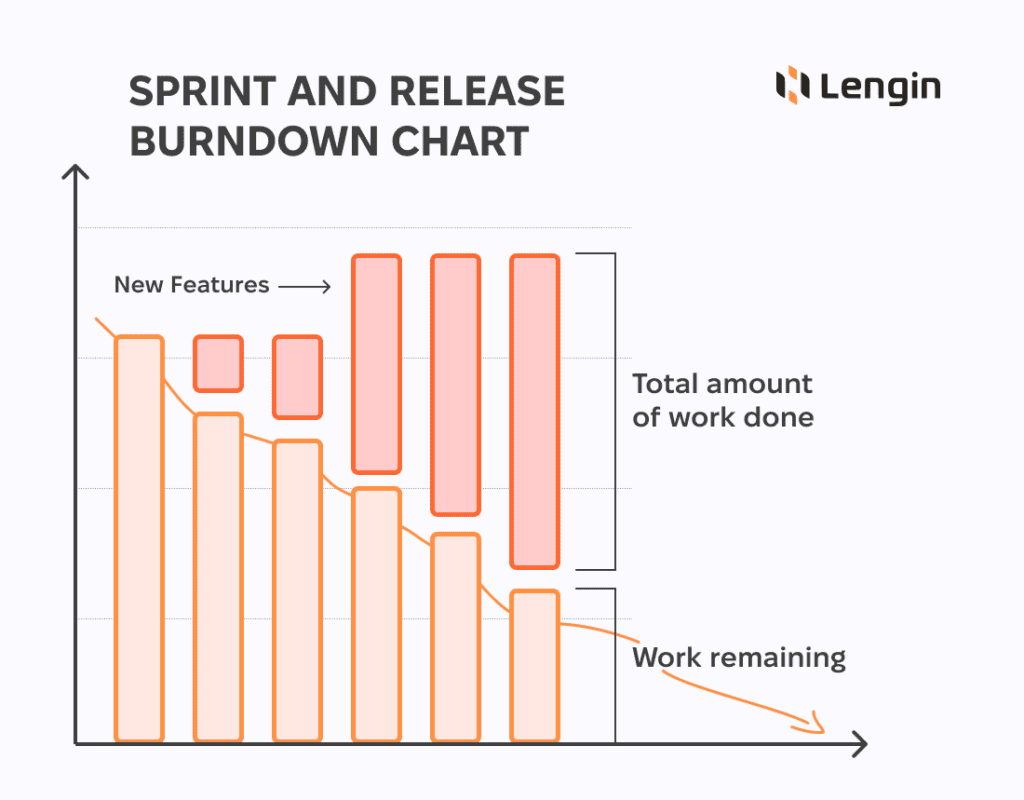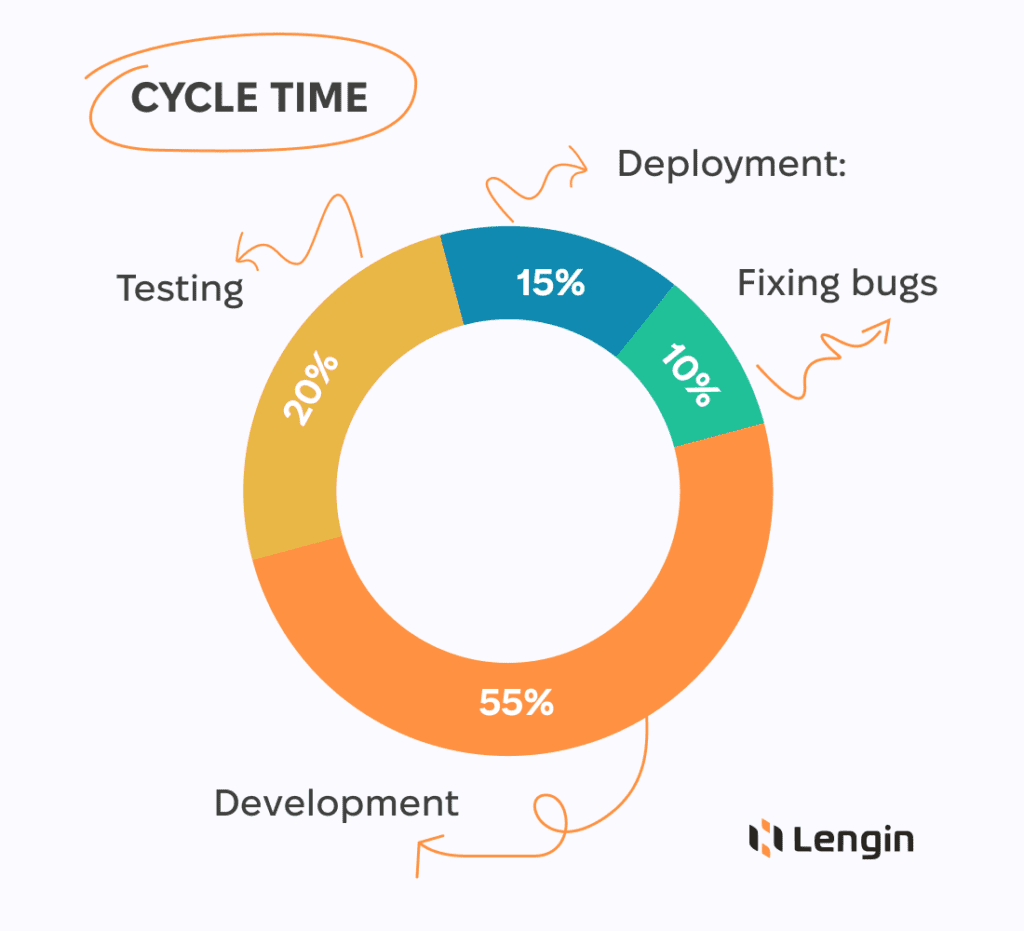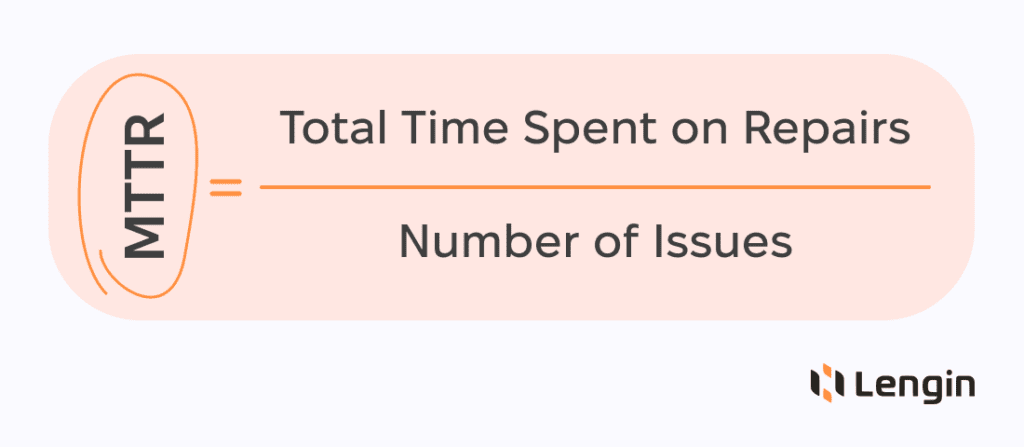The Deloitte Global Outsourcing Survey shows that 79% of companies outsource app/software development. The most popular choice is hiring a dedicated developer team as one of the most effective solutions.
Even though many companies hire dedicated developer teams, some still don’t realize how valuable these teams can be.
There is a list of formulas and KPIs you can use to calculate it precisely.
Table of Contents:
Return On Investment of Dedicated Developer Team
The main challenge is that you can’t use the revenue generated by the product, especially when it’s not been launched yet. There are many reasons why the product fails, and primarily, it’s not the developers’ fault.
What you can calculate is the amount of the saved costs.
Remote dedicated developer teams are considerably cheaper staffing solutions than hiring an in-house specialist.
We calculated it precisely.
It is logical to calculate the ROI of a remote dedicated developer team with the formula for human capital ROI if you have already released the product.
(Revenue – Operational Cost – Labor Cost) / Employee Compensation = Human Capital ROI

Example:
Take the revenue your product brought within one month. Let it be 80,000 USD. Your operation expenses are 10,000 USD.
Our hypothetical dedicated developer team gets approximately 13,000 USD.
(50,000 – 20,000 – 13,000) / 13,000 = 2.48
You get about 2,5 USD for every dollar paid to the dedicated developer team. 1.5 USD income.
Also, use the Key Performance Indicators to estimate whether a dedicated developer brings sufficient value to the project.
Key Performance Indicators for Remote Dedicated Dev Team
We need KPIs for dedicated developer teams to measure their work’s efficiency, productivity, and effectiveness. The more KPIs you have, the more precise the estimation will be.
Velocity
Velocity measures how much work (tasks, story points, features) a team can complete in a given period (typically a sprint that takes about 2-4 weeks).
Use story points and the number of days in the sprint for precise calculations.
What are the story points?
That’s a number that helps to prioritize the tasks in the Scrum agile methodology for project management. The higher the number (typically from 0 to 100), the more complex the task is; consequently, more time, effort, and resources are necessary to complete it.
The formula: Velocity = Story Points / Sprint Days

This KPI also helps to measure the efficiency of built processes, communication, and project management methodology.
The changes inside the team (new members, for example) and choosing another communication channel or management strategy usually cause a temporary but sudden decrease in velocity. After an adaptation period or after some adjustments, everything comes back to normal.
Sprint and Release Burndown
Those KPIs are illustrated with charts. Visualization helps to see the consistency of work, the progress toward completing a sprint or release, and the ratio of planned tasks, work done, and remaining.

The X-axis is for the time (typically the sprint days), and the Y-axis is for the efforts (story points or hours of work). The actual line here represents the real progress of the team and how smoothly this process goes.
Never expect to see the straight actual line. There are always better sprints, force majeure, inaccurate estimations, and many other things that can affect the work.
Cycle Time
Cycle time is the time it takes for a feature to go through all the stages, from concept to delivery. The core stages are development, testing, fixing bugs, and deployment.
Depending on the feature’s nature, the team’s size, and the resources provided, the typical cycle time takes days for simple implementations and weeks for complex ones with possible integrations and dependencies.
The visual representation of cycle time is usually a pie chart. The circle is the cycle time, and each piece represents the process of software development’s life cycle.

This way, you can see what takes the most time and try to optimize it. If development isn’t the biggest piece of the pie, that’s a red flag.
Code Quality
Code quality is one of the most complex metrics that ensure the software developed meets the desired standards. It includes coverage, simplicity, stability, bugs, and defects.
- Code or test coverage shows how much of the source code is executed while testing. “Uncovered” parts can hide defects. Do not expect 100% code coverage.
- Code simplicity measures the maintainability and readability of the code. It includes a bunch of criteria. The simpler the code, the easier maintenance. Also, the new developers will better understand the code and dive into the work faster.
- Code stability indicates the code’s ability to perform consistently under different conditions. Use benchmark testing to measure the code performance and stability.
- The number of bugs and defects is the easiest to measure.
Mean Time to Repair (MTTR)
The most important KPI here. Monitor how fast bugs are found and fixed. Nevertheless, the nature of the bug, complex inner logic, or complicated development cases can slow down the process.
This KPI is crucial for released products. The longer the team fixes bugs, the more unsatisfied users you have.
The increase in MTTR is a yellow flag. Look into the probable causes and, if necessary, ask an independent tech specialist for a consultation. Sometimes, the reason lies in unproductive communication or bug reports that are not specific enough.
The formula: MTTR = Total Time Spent on Repairs / Number of Issues Resolved

Product Improvements
Under the product improvements umbrella, there can be a decrease in bounce rate, enhanced website performance metrics, or fewer user complaints.
The Hidden Value of Dedicated Developer Teams
While the direct work output of dedicated developer teams can be calculated, some highly valuable benefits can’t be described with numbers.

Flexibility and Scalability
Hiring a dedicated developer team is a flexible and scalable staffing solution. If the requirements, the scope, or the budget have changed, the team will adapt. They can scale up and down accordingly, and that’s a considerable cost saving, too.
Fostering Innovation
Dedicated developers are truly dedicated solely to your project. They learn about the purpose of the product, your business goals, and your target audience and try to understand your vision.
This way, they can suggest innovative solutions for reaching your objectives instead of just following the instructions. Without pressure to deliver immediately, teams can experiment, which can hugely contribute to your product in the future.
Collective Experience
When you hire not a freelancer but a dedicated developer from the agency, you get the collective experience out of the box.
Agencies gather developers with different sets of knowledge and skills, so if there is a problem that demands additional expertise, in most cases, the developer consults with other specialists from the agency.
This way, you get the collective experience of different developers without additional expenses.
Knowledge Sharing
Dedicated developers contribute not only to the project but also to the improvement of your team. They share invaluable insights from different projects, industries, and work cases.
As a modern company, you provide your employees with professional growth opportunities. Training programs, mentorships, or additional courses are sometimes too expensive options.
Meanwhile, shoulder-to-shoulder work with different seasoned specialists brings a breadth of knowledge. Educate your team without excessive expenses.
Key Takeaways
- You save about 47% when hiring a dedicated developer rather than an in-house one.
- The ROI of a dedicated developer team is almost only possible to measure once the product is released.
- You can use the Human Capital ROI formula.
- The more KPIs you use, the more precise estimation of productivity you get.
- Kay KPIs for remote dedicated developer teams are velocity, MMTR, sprint and release burndown, cycle time, code quality, and any noticeable product improvements.
- The hidden value of remote dedicated developer teams is unmeasurable but brings considerable contributions.